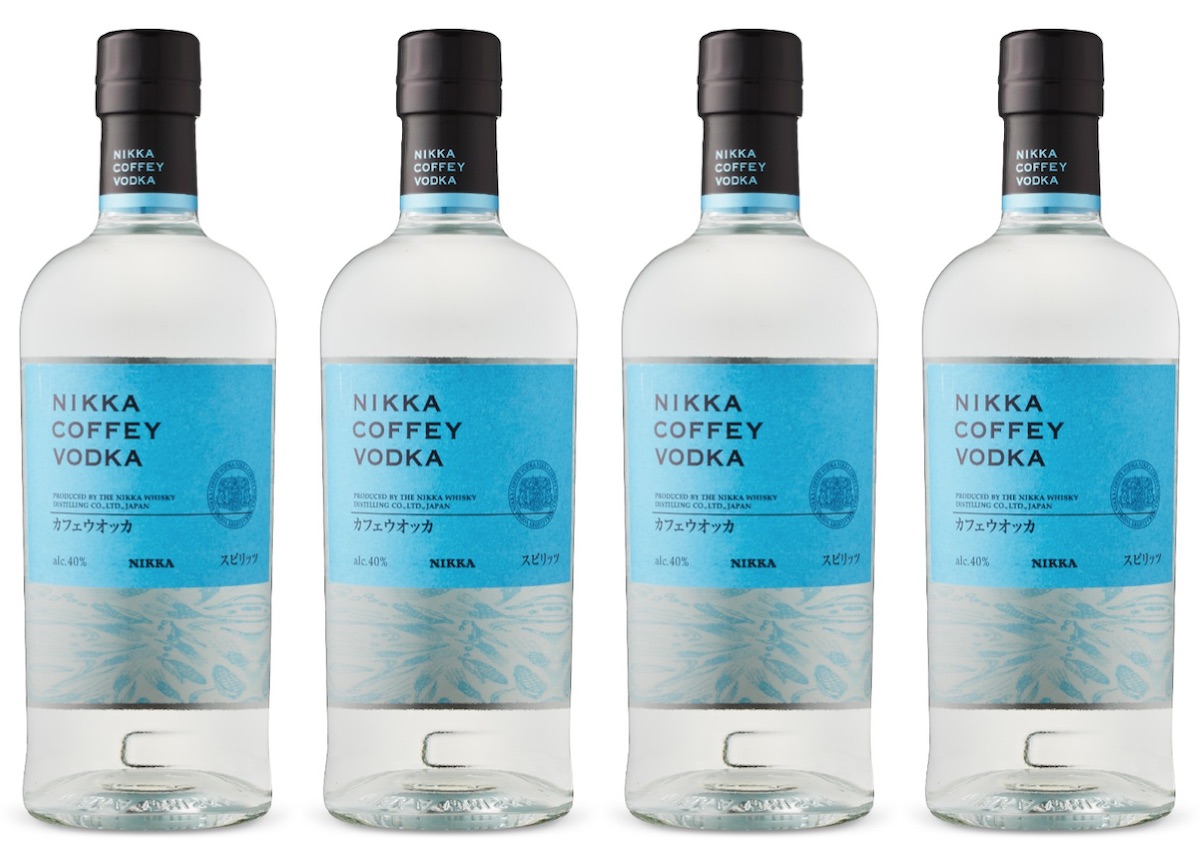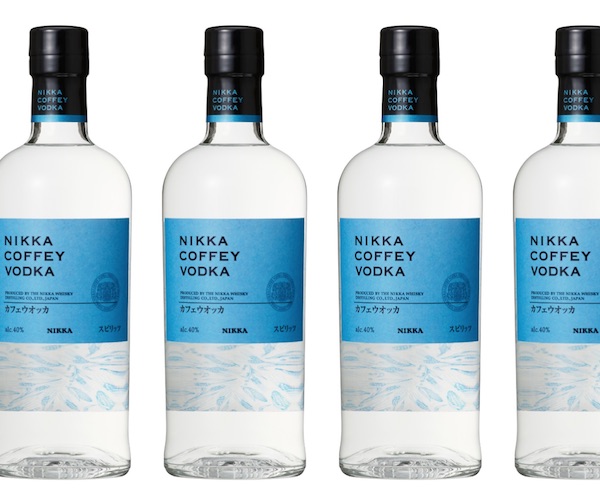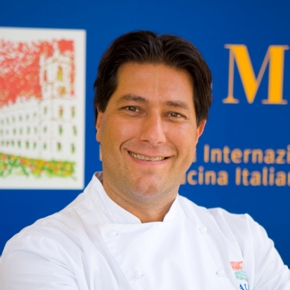Patricia Noonan talks to Nikka’s Naoki Tomoyoshi about their new Coffey Vodka…
Japan is known for a big whisky culture. Nikka, one of the most important producers, has taken that knowledge and skill and turned to the production of luxury vodka, Nikka Coffey Vodka ($59.95 700ml | LCBO# 14334), referencing the type of distillation method used in production. (The Coffey still was created by Irishman Aeneas Coffey in 1830 and had a huge impact on the spirits industry, especially changing the face of the Scotch whisky industry, as the neutral grain spirit production was used for blended Scotch whiskies, but I digress…)
I had a chance to connect with Naoki Tomoyoshi, the Nikka Whisky International Business Development Representative ( Asahi Breweries, Ltd.Japan.) with questions about this new product.
Good Food Revolution: You’re using corn and barley as the grains in the vodka so I wanted to know why those two grains and where the grains are sourced.
Naoki Tomoyoshi: The corn is mainly sourced from the US, and malted barley is sourced from various countries. Using different types of grain will result in different flavor profiles, therefore we distill the different grains separately in order to capture the characteristics of each ingredient. The corn-based distillate has a zesty aroma and elegant sweetness, whereas the malt-based distillate has a rich malty aroma and the type of sweetness is reminiscent of cooked sugar. Then, the different styles of distillates are blended together to create our ideal flavor in perfect balance.
GFR: Where is the water source for the vodka?
NT: The main water source for Coffey Vodka is the Nikkawa River which is the mother water for our Miyagikyo Distillery, where we have the Coffey Still.
GFR: Charcoal is typical for filtering and your brand is specific about it being white birch charcoal. Is this something specific for all your products and how is it different? (I’ve always understood charcoal is used as it is compressed matter so the low gravitational force draws impurities from the spirit as it passes through the filter.)
NT: We only apply the white birch charcoal filtration to our Coffey Vodka. Using white birch charcoal is not an uncommon practice in vodka production where the spirit is required to be treated with filtering to be called “Vodka”. However for Coffey Vodka, unlike most other vodka, we apply an extremely minimal filtration to retain the original flavors of the spirits. As you say, applying stronger filtration will draw out more impurities from the spirit, but the impurities (anything that is not alcohol and water) are also the flavors. The Coffey Vodka is designed to deliver the unique and beautiful flavors that comes from the Coffey Stills, therefore the filtration is minimal.
GFR: The Coffey still is a column still so it produces volumes of spirit with less impurities than a pot still. I always thought a pot still would maximize aromatic and flavor elements. How is your still different?
NT: We believe the features of the Coffey Still sits somewhere between a pot still and a modern column still. The structure of the Coffey Still was invented in 1830 and is one of the very first kinds of column stills. In terms of production volume and alcohol purification efficiency, the Coffey Still is far behind the performance of modern column stills. However, this also means that the Coffey Still delivers a lot more impurities/flavors than modern column stills. It also does not pull out the maximum amount of aroma as a pot still (whether maximizing is good or not is another topic), but it is capable of delivering a comfortable amount of aroma and flavor, of notable quality.
GFR: Do you think adding the term Coffey on the bottle is a good idea? The average consumer doesn’t know much about spirit production…is this meant to attract their attention to make sure this is not some other type of product? (Some consumers might think this is ‘coffee’ vodka…)
NT: Yes, we understand the term Coffey may be too technical to the average consumer, and we are often asked the question “does this have coffee in it?”. However, the uniqueness of the Coffey Vodka lies in the fact that it is distilled 100% in a Coffey Still. The reason we created this product is in fact, to further pursue the beauty of the Coffey Still. Therefore we cannot think of a name without the term Coffey included. Also, the recognition we have received for our Coffey Grain Whisky (thankfully) has made us comfortable in using the term Coffey in the name of the product. Coffey Grain Whisky, Coffey Malt Whisky, Coffey Gin, and finally Coffey Vodka, are all products that feature the beauty of the Coffey Still in different angles.
* * *
Finally, while this luxury brand is ideal for sipping chilled and neat, I was assured by Naoki that it blends well in cocktails and he recommended a Salty Dog as one good choice. I love freshly squeezed grapefruit juice, but pink grapefruits, so I decided to riff the original into a Salty Pink Dog, and used Himalayan pink salt for the rim of the cocktail.
Tasting notes : Clear, mildly fruity sweet aromas with a very voluptuous, almost creamy mouthfeel with a hit of spiciness and aromatic replays into the finish.
Kampai!








